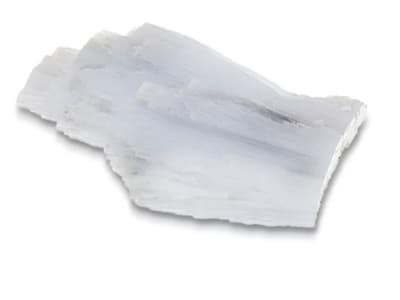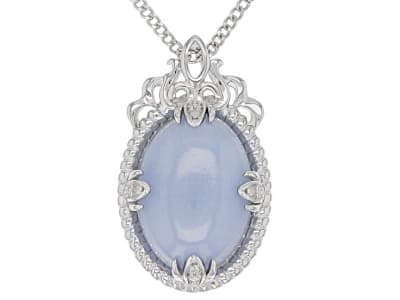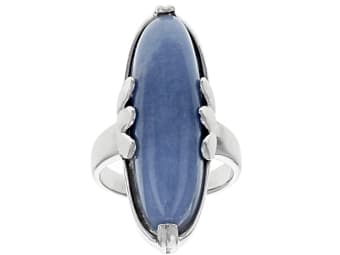Anhydrite gets its name from the Greek word “anhydrous” which translates to “without water”. If anhydrite is exposed to humidity or water, it readily alters to gypsum. It is often fibrous and takes on the appearance of fan-like groupings. It can also form cubes. When it is massive it is hard to distinguish from it from calcite, gypsum, or halite.
General Information
Anhydrite Colors
-
 Blue
Blue -
 Brown
Brown -
 Colorless
Colorless -
 Gray
Gray -
 Pink
Pink -
 Red
Red -
 White
White
Alternate Names
Cube spar
Countries of Origin
Papua New Guinea; Angola; Kazakhstan; Portugal; Greece; Mongolia; Morocco; Unknown; Mali; Panama; Guatemala; Iraq; Chile; Argentina; Ukraine; Zambia; Congo; India; Canada; Turkey; Belgium; Namibia; Finland; South Africa; Georgia; Peru; Turkmenistan; Germany; Tanzania, United Republic Of; Fiji; Viet Nam; Madagascar; Thailand; United Kingdom of Great Britain and Northern Ireland; Costa Rica; Sweden; Poland; Bulgaria; Jordan; Tunisia; Kenya; Switzerland; Spain; Djibouti; Cuba; Burkina Faso; Israel; Australia; Tajikistan; Myanmar; Malaysia; Iceland; Oman; Armenia; Austria; Mozambique; El Salvador; Brazil; Algeria; Slovenia; Colombia; Ecuador; Iran (Islamic Republic of); Hungary; Japan; Taiwan (Province of China); Bolivia (Plurinational State of); Lao People's Democratic Republic; New Zealand; Vanuatu; United States Minor Outlying Islands; Italy; Antarctica; Ethiopia; Afghanistan; Russian Federation; Czechia; Egypt; Malta; Saudi Arabia; Netherlands; Pakistan; China; Ireland; Qatar; Slovakia; France; Lithuania; Serbia; Kyrgyzstan; Romania; Philippines; Uzbekistan; Norway; Denmark; Dominican Republic; Mexico; Zimbabwe; Greenland; Indonesia
Care
Special care needs to be taking with anhydrite because it is brittle with perfect cleavage and will alter to gypsum if exposed to water.
Species/Variety
Angelite
Angelite is the bluish gray translucent variety of anhydrite from Lima, Peru that was discovered in 1987. Since it is soft it can be carved or shaped into decorative objects and is polished into cabochons and beads for jewelry.


